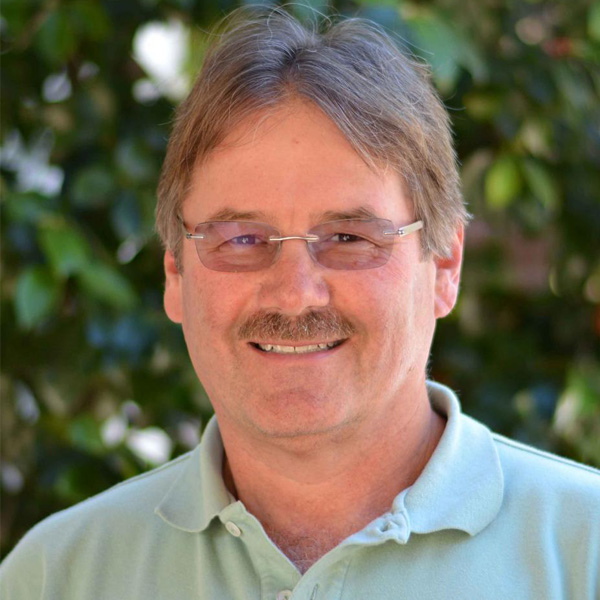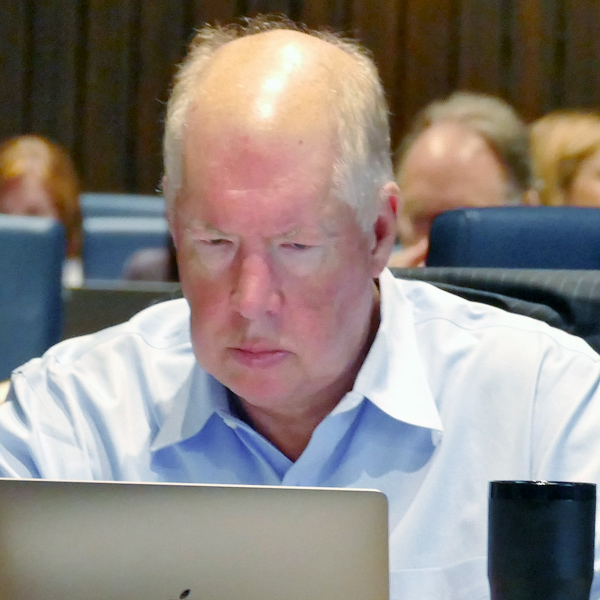VANCOUVER, British Columbia — Utilities shared ways to narrow the impact of public safety power shutoffs (PSPS) — and convince customers of the need for them — at the Western Interstate Energy Board’s Winter Wildfire Meeting last week.
The practice of PSPS — preemptively shutting down power lines to prevent ignition of wildfires — originated with utilities in California but has since spread across the West as a way to mitigate the risk of catastrophic wildfires in the face of climate change.
When Portland General Electric (PGE) initiated its first PSPS in Oregon’s Mount Hood corridor in September 2020, area residents understood the need for the utility’s preemptive measure because they were already feeling the impact of fires burning elsewhere in the state, said PGE Director of Wildfire Resiliency and Mitigation Bill Messner.
“That worked really well in the sense that we did turn off the power, but it also worked really well with the community because they saw smoke and they saw flames, so I think you can put the correlation really quickly together,” Messner said.
The massive wildfires ignited over Labor Day weekend 2020 and burned about 1.2 million acres of dense forest in normally temperate Western Oregon. The fires killed 11 people, destroyed more than 4,000 homes, leveled entire communities and spread within 25 miles of the city of Portland. Portland-based PacifiCorp already has paid out settlements for its role in starting at least one of the fires, but PGE’s equipment was not implicated in any of them.
In 2020, PGE had just one PSPS zone within its 4,000-square mile territory. By last year, the number of zones had grown to 10, including the heavily forested West Hills area in Portland. All 10 were subject to shutoffs at various times last September in the face of high winds and low humidity at the tail end of a dry summer.
“We actually added some other preventative outage areas as we were learning more about what was happening, and we were being proactive in other areas,” Messner said. “I think ‘just be agile’ is probably one of the biggest learnings that you have to have in this space.”
The utility learned another lesson from the unexpected timing of outages, which sometimes had to be initiated at night. “We were turning off power at two in the morning,” Messner said. “Well, sending messages at two in the morning when someone is sleeping is not very helpful.”
Despite the recent history of wildfire, some Oregon electricity customers are unconvinced about the need for PSPS, Messner said. Some of that confusion might stem from how utilities communicate with the public about the reasons for the policy.
“I think one of our challenges … is that we have several utilities in Oregon. Are we using the same words? Are we saying the same thing? Or are we causing confusion with our attempt to not cause confusion?” Messner said. To improve the company’s communication around PSPS, PGE has created the position of “customer manager” within its incident management team, who is tasked with gathering feedback from customers and improving the utility’s communication with them.
Claire Halbrook, director at California-based consultant Gridworks, said effective communication around PSPS requires “teams of people,” which can be challenging to assemble for just one season.
“So where are these resources going to come from if they’re only needed for part of the year? What are they going to be doing for the remainder of the year? Or are we trying to pull people from their day jobs to do this during wildfire season? And what are the disruptions to those teams and normal course of business?” said Halbrook, who previously worked for Pacific Gas and Electric.
Halbrook emphasized the importance of working with impacted communities to ensure essential services remain energized during a PSPS.
“I also would encourage surveying large customers to see who already has backup generation, and how much of their own load it can serve,” she said. “A big thing we did at PG&E in 2020 was work with many of our local hospitals to ensure that they had backup generation and to provide additional support if needed.”
“The communities that are most vulnerable are often the least resourced to engage with us,” said Oregon Public Utility Commission member Letha Tawney, the panel’s moderator.
“Absolutely,” Halbrook said. “I think we’re asking a lot of our communities to engage with utilities on a variety of fronts around emergency management and other topics. [It’s important to make sure the utilities are] providing them the information and resources they need in an easy way, [and] key contacts within your organization [that] they could reach out to with questions. And engaging in education and listening to their questions and concerns is going to be really important.”
Not Just a Western Issue
Tawney asked the panelists what steps utilities are taking to mitigate the impact of PSPS when fire risk is high.
“I think we learned a lot from PG&E,” Messner said. “I mean, to be frank, when they first started this, they were turning the power off at the substation, right? So there were hundreds of thousands of customers being impacted — and then having to deal with communication challenges about that.” From that experience, PGE learned to narrow the impact of outages from a switching standpoint, he said.
PGE in the past three years has sharply increased the number of weather stations it relies on for monitoring conditions across its service territory, Messner said. During the September 2020 event, the utility relied only on weather data from Portland International Airport at the northern edge of the city. Now it gathers information from about 50 different weather stations and solar-powered surveillance cameras to make more pinpointed decisions.
“I don’t think you can underestimate the importance of the mapping and modeling,” said Mike Bartel, vice president of operations at Alberta, Canada, transmission operator AltaLink. “Every time we go around looking at refinements, it either scares me that the model may not be right, and we’re focused in the wrong places, or it gives me lots of confidence because I’ve got a number of weather experts and forestry experts telling me we’re focused in the right places.”
Bartel also pointed to the need to have “boots on the ground” validating conditions, especially on a transmission right of way, to avoid overreacting to information from a weather station that might be located three miles away.
“At this point in time, every utility across the West needs to know which of its lines are at risk, [and] under what conditions,” Halbrook said. “Are these transmission lines, distribution lines, both? Where along the line is there potential for risk? What are all of the customers that are served by that line that will be impacted if it’s shut off? What is the driver of the risks?”
Pointing to recent wildfires in Florida, Messner said he thinks states across the U.S. — not just the West — will one day face the need to implement PSPS on their grids.
“I think climate change is going to come all the way through … so any state that thinks that this is not going to be a tool they need to have in their tool chests, I think they’re mistaken,” he said.





